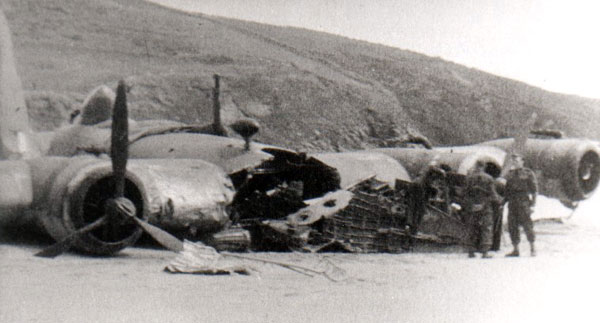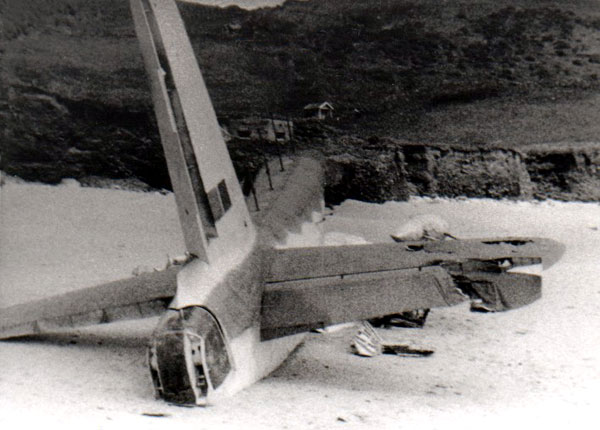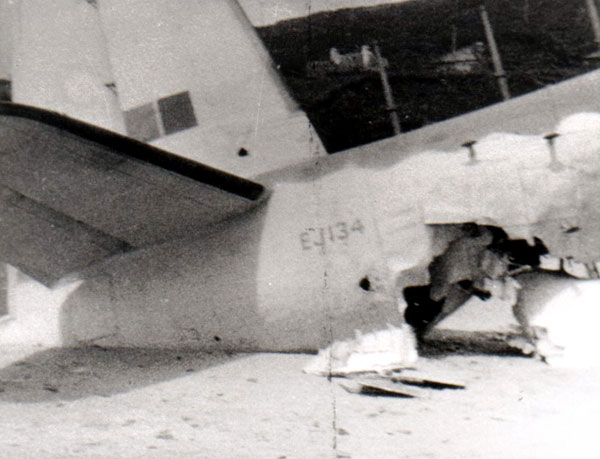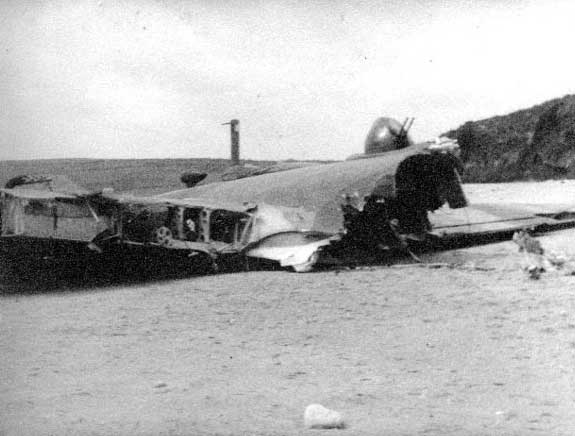Crash of a Short S.25 Sunderland III into the Atlantic Ocean: 5 killed
Date & Time:
Aug 4, 1943 at 0915 LT
Registration:
DD859
Survivors:
Yes
Schedule:
Castle Archdale - Reykjavik
Crew on board:
11
Crew fatalities:
Pax on board:
0
Pax fatalities:
Other fatalities:
Total fatalities:
5
Circumstances:
The seaplane left RAF Castle Archdale around 0500LT on a routine maritime patrol flight to Reykjavik, Iceland. Around 0915LT, the crew spotted the German U-Boat registered U-489 that was performing its first sortie from Kiel. The crew of the Sunderland completed four attacks when he was hit by enemy fire. The captain was forced to ditch the aircraft that sank within 5 minutes. Five crew members were killed while six others were rescued. The U-Boat was lost as well.
Crew (423rd Squadron):
F/O Harry Bertram Parliament,
Sgt Frank Ginger Hadcroft 9.
Crew (423rd Squadron):
F/O Harry Bertram Parliament,
Sgt Frank Ginger Hadcroft 9.
Probable cause:
Shot down by enemy fire.








